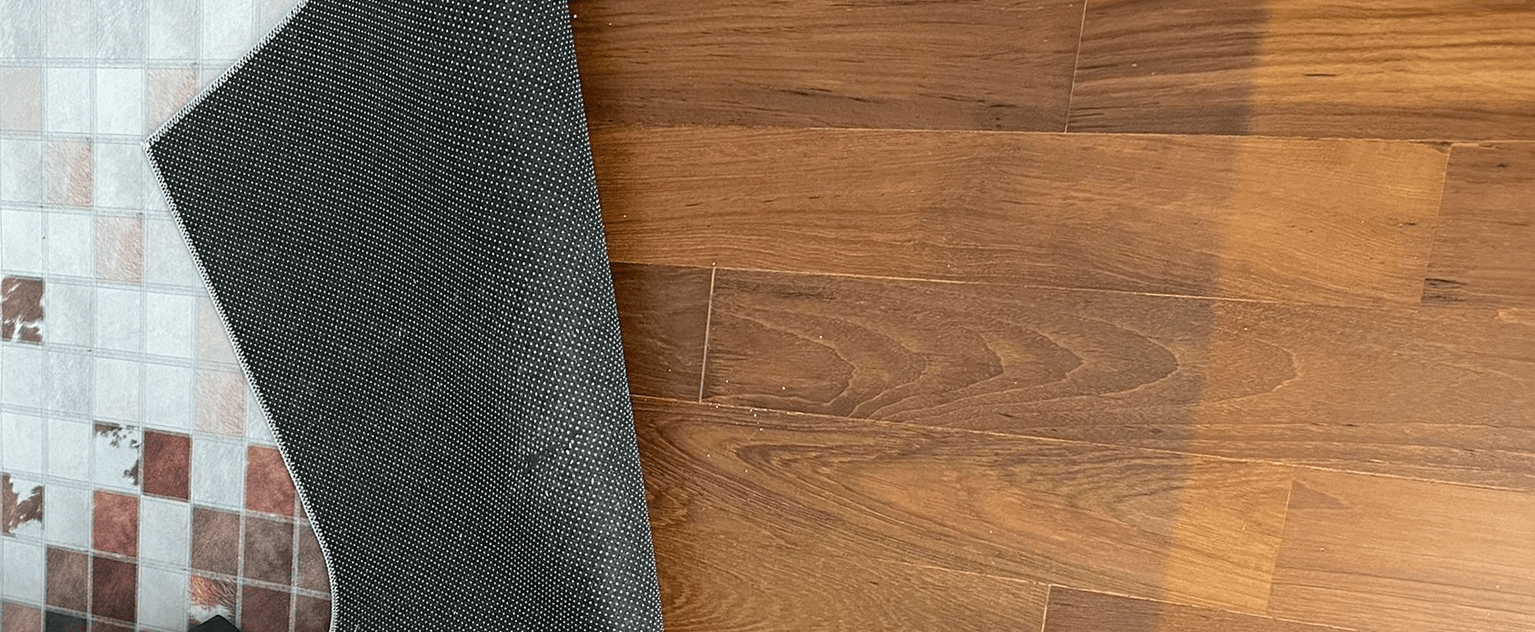
Understanding Fading and Its Causes:
Fading of furnishings, fabrics, and artworks is primarily caused by exposure to sunlight, particularly ultraviolet (UV) radiation, along with visible and infrared light. Even on cloudy days, UV rays can penetrate windows and contribute to fading. Natural fibers like wool and silk are more susceptible to fading, while fluorescent dyes are particularly vulnerable. Fading is inevitable over time, regardless of sunlight intensity or duration.
Minimizing Fading:
While nothing can entirely prevent fading, measures can be taken to reduce its impact:
- Window Films: Window films, such as 3M™ Sun Control Window Films, can help reduce UV, visible light, and solar heat, thus preserving the appearance of furnishings.
- Window Curtains: Closing curtains or blinds during peak sunlight hours can significantly reduce UV exposure to carpets, upholstery, and artworks. Choosing curtains made from UV-protective materials or adding UV-blocking liners can enhance their effectiveness in minimizing fading.
- Different Types of Glass: Various types of glass offer varying degrees of UV reduction, with window films being the most effective at filtering out UV rays.
- Strategies for Specific Materials: Consider using natural wood finishes over stained finishes, selecting fabrics with stable dyes, and avoiding direct sunlight exposure for artworks.
Key Facts:
- Laboratory tests have shown that furniture, fabrics, artworks, flooring, and decorative wall paint can all fade over time due to sunlight exposure.
- The Skin Cancer Foundation recommends window film as a protective measure against UV rays for both furnishings and occupants.
In conclusion, while fading is inevitable, proactive measures such as using window films, closing curtains during peak sunlight hours, and selecting materials wisely can significantly reduce its effects and prolong the lifespan of furnishings and artworks exposed to sunlight.
